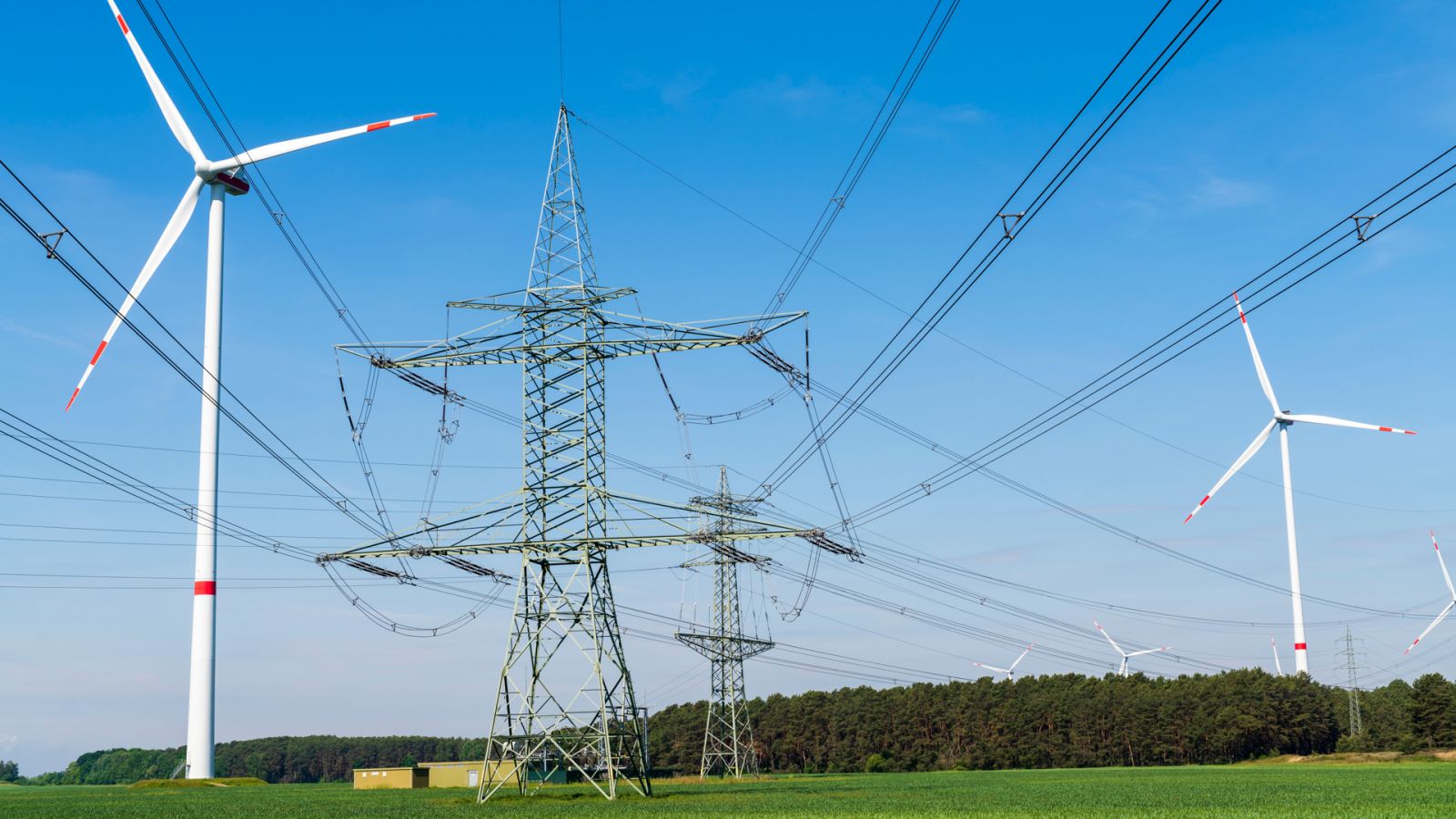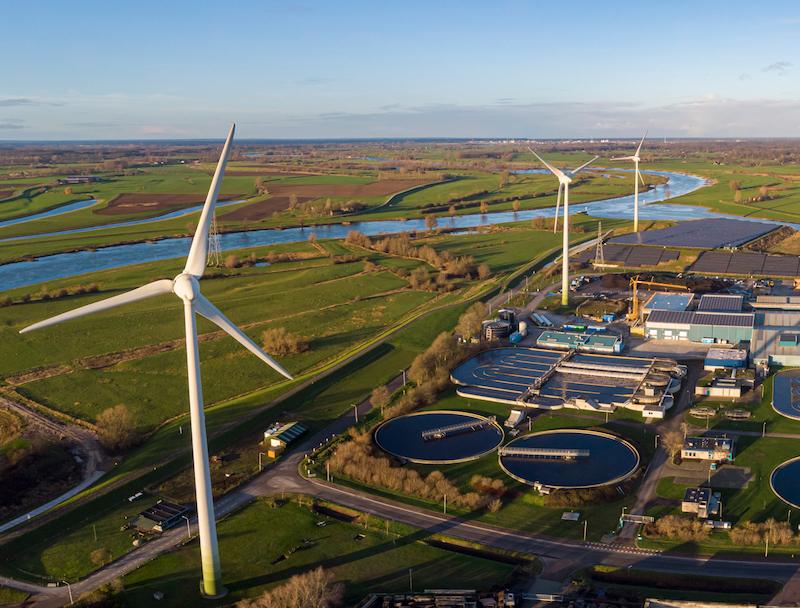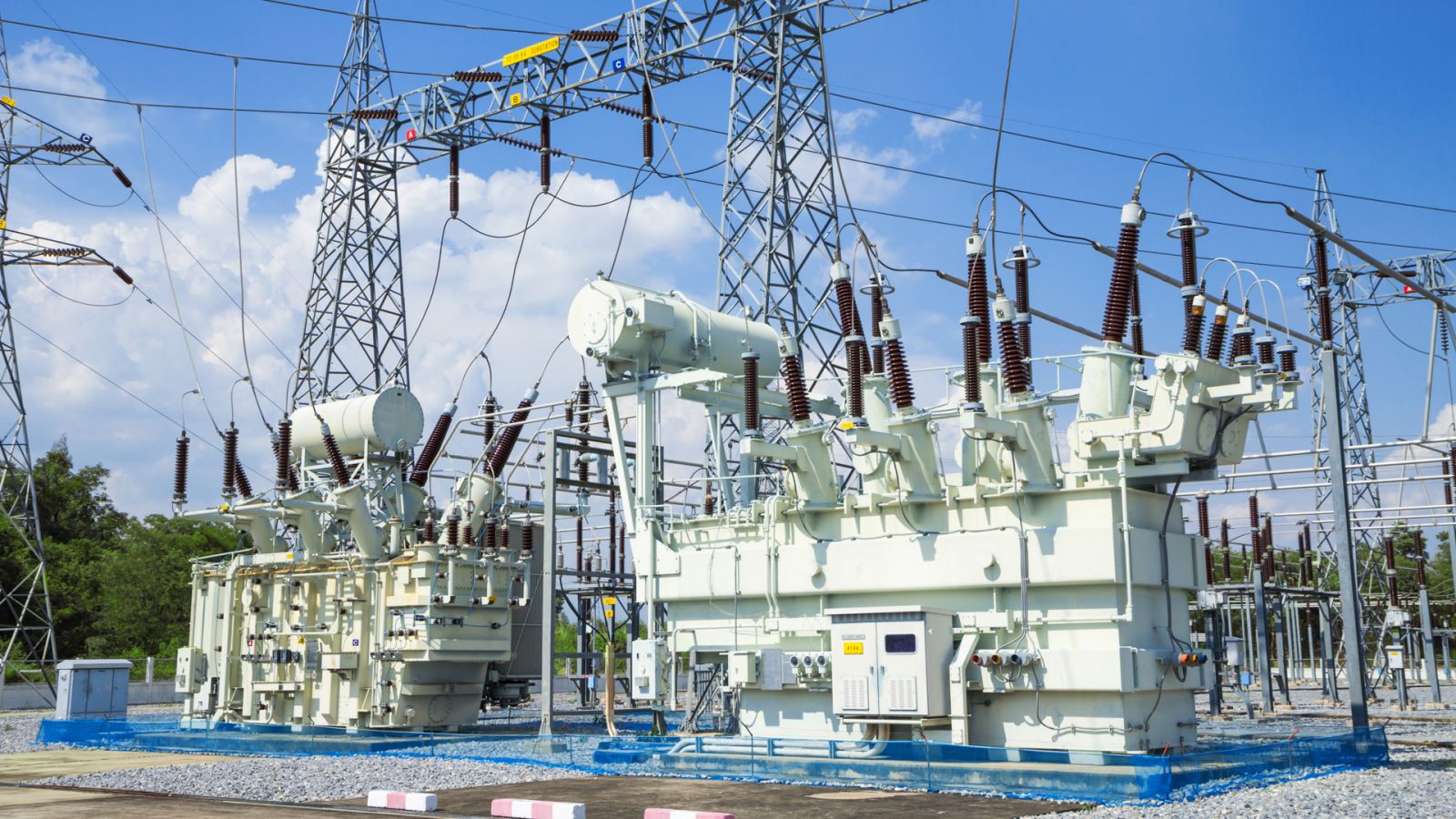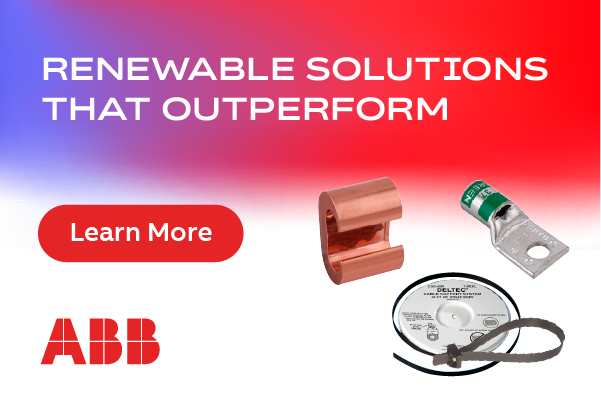Digitizing the Grid: Keeping renewable energy on track
Renewable energy is on track to help meet climate targets, but there's a catch: The energy transition depends on getting more renewables on the grid, faster. According to current estimates, a digital version of the power grid can reduce the time for analyzing new connections by 50 percent or more.

There’s no doubt that renewables are on the rise. According to the International Energy Agency (IEA), this clean and green energy will likely overtake fossil fuels as the primary source of electricity by 2026. It’s all according to plan, as growing incentives, government regulation, global pressure, and public activism move the world in a planet-saving direction. But generating enough renewables to power an electricity-hungry world is only half the equation. We also need power grids that are ready to handle it.
Renewables developers queue up for connection
Imagine, for a minute, the changing demands on the grid. In a fossil-filled world, there were fewer providers and fewer sources of electricity that needed to be connected. Now, with a bounty of incentives ready for the taking, renewable energy developers are cropping up around the world. We need all of them if we are going to achieve this monumental transition.
But there are two factors keeping the grid from being able to absorb, transmit, and deliver this clean energy. First, the grid faces challenges with having enough transmission capacity built out to properly distribute the energy from these new distributed energy resources (DERs). Secondly, the sheer volume of requests to connect to the grid these days has resulted in significant gridlock when it comes to approving new connections. While the ultimate fix here – building more transmission capacity – is a long term plan, we can focus on the shorter-term opportunities to integrate more renewables today at the existing capacity. Unless we can ease this gridlock, we may not see the use of renewable energy required in time to hit our climate targets.
 Smarter analysis of the power system is required
Smarter analysis of the power system is required
Let’s first get at the root of what’s causing this gridlock for grid operators. Take the national Transmission System Operator (TSO) in Norway, for example. They have experienced a significant increase in applications to connect to the grid over the last five to ten years. On top of that, their existing infrastructure, like that of many other grid operators, is aging. Recognizing this, the Norwegian TSO set their sights on finding a fix through more efficient analyses of their power system, which they believe would ultimately lead to faster decision time on the connection requests.
Processing an application to connect to the grid can take at least several weeks to the better part of a year. It requires complex analysis to understand how this new connection will impact the grid, and to identify if additional infrastructure is required to reliably deliver the power. A team of analysts would typically be tasked to answer these questions, leaving it in their very human hands to make the final decision – thus, the gridlock begins to grow.
Employing more humans, or creating around-the-clock work shifts, isn’t the answer to this problem either, as the amount of renewables developers seeking connection will only increase. Instead, grid operators need to create an environment in which the analysis can be conducted in a faster and smarter way. But there is so much data! And it’s sitting in various silos, in a wide variety of formats, going back years and years. Seeing the bigger picture when the data is so scattered is a tedious process that makes the analysts’ job a time drain.
A centralized data source is key to quicker analysis
The first step to solving this problem is to make all the data available in one place. Once it is centralized, made relevant through contextualization, and monitored for quality, it becomes a digital twin of the entire operation. This is a game changer for the analysts. Now they can access a single source of information to get everything they need to perform the analysis and make a decision.
Grid operators that centralize their data in the form of a digital twin save as much as 50-70 percent of their time, as they no longer search multiple sources and structure the data themselves. Redundancy is also reduced, as once the data objects have been modeled and contextualized, they can be reused by another analyst. This translates into a meaningful amount of time saved for far faster processing of new connection applications.
The Norwegian TSO confirmed that being able to process these applications faster had significant and direct social impact. They aim to encourage new entrants to the power market, and believe that bringing these customers to the grid far faster is critical to ensuring a stable supply of renewable power for the market.
Let’s not let our grids fall behind
Data is also essential to helping us understand the current state of the grid. According to a recent investigative piece, the American grid is in desperate need of a trillion-dollar overhaul. This so-called “antiquated” infrastructure stands as the biggest threat to the U.S. making the transition to clean energy, as adoption of renewable energy depends on its reliability. And blackouts certainly won’t help the clean energy cause.

This challenge can be alleviated, in part, with better insight into the current infrastructure. A central source of data can lead to making better connections in the grid, and it can identify the areas of investment so that money is spent where it’s needed most critically. The bottleneck we see now in the U.S. is the result of the influx of renewable sources coupled with the challenges related to sending that power where it’s needed. Unless we get the full picture of both the opportunities and shortcomings of our grids as they are now, we're likely to end up with a lot of wasted energy.
Demands on grid operators won’t disappear
Data is the best defense. The growth in the number of renewable energy business cases is a positive sign of momentum for our energy transition. If connection gridlock keeps these new entrants off the grid for too long, however, some of these important business cases may disappear. That will be the sign that things won’t be going according to our climate plan anymore.
The burden on the grid operators will continue to be great during this critical period, but the data is ready and waiting to help reduce the load and ensure that the infrastructure – aging and all – is being used as optimally as it can be before any further investment is made.
Gabriel Prado is Senior Director Product Marketing at Cognite, which creates software for oil and gas, power and utilities, renewable energy, manufacturing, and other asset-heavy industries.
Cognite | www.cognite.com
Author: Gabriel Prado
Volume: 2022 July/August









